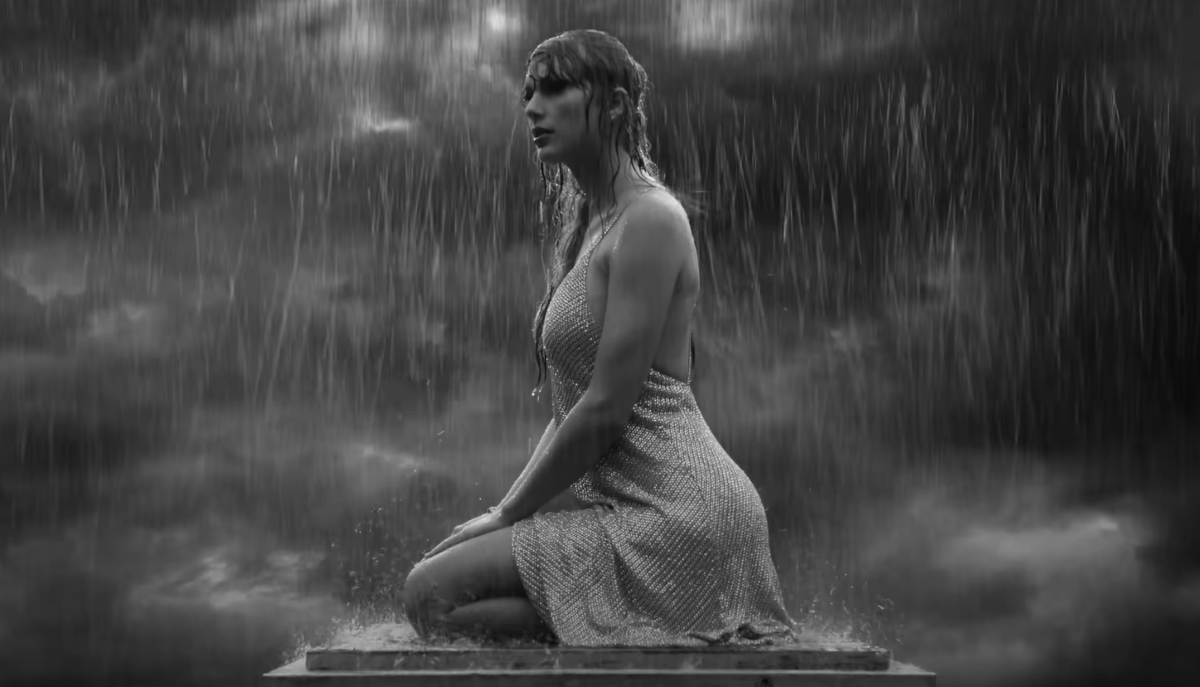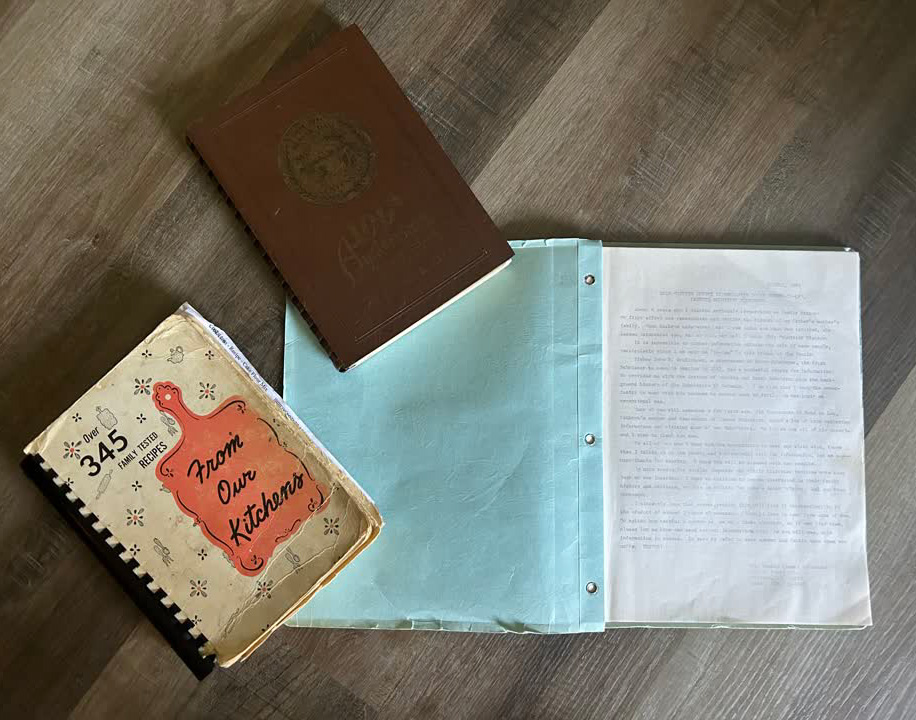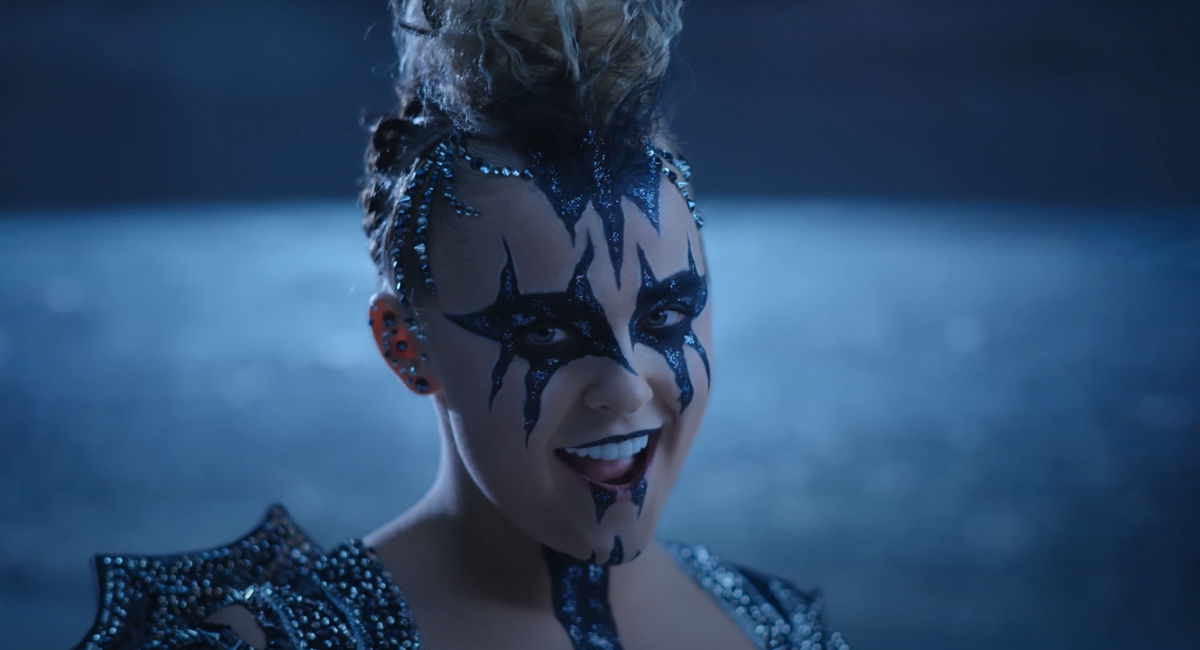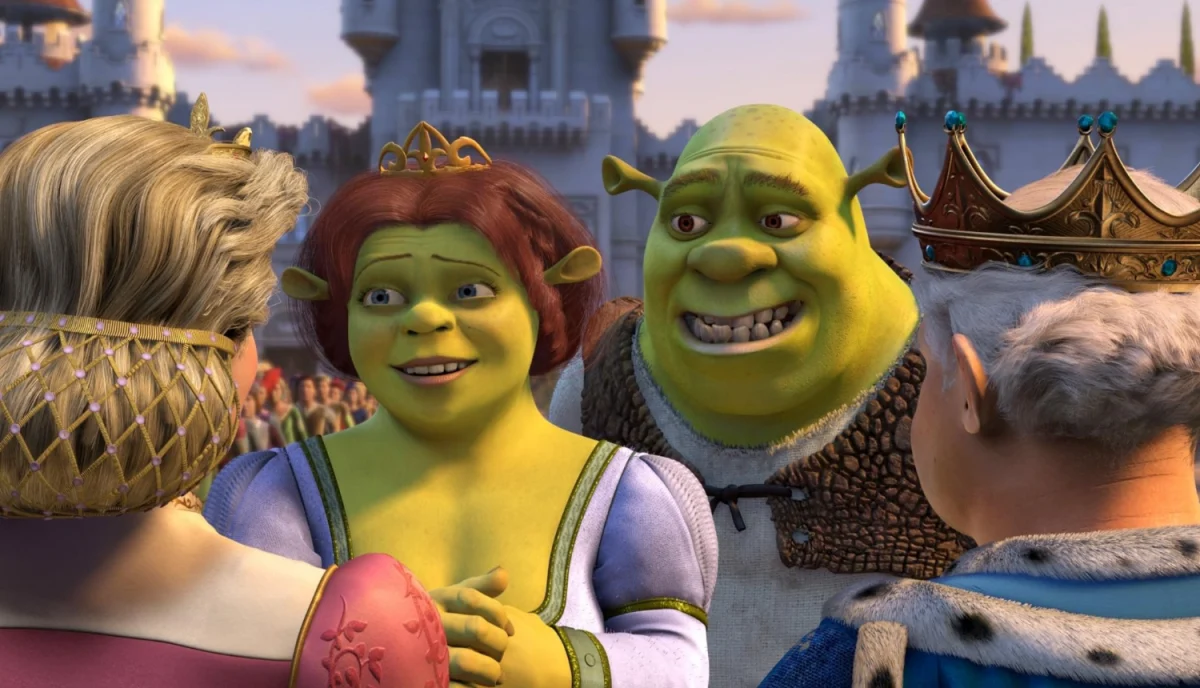 Adrian Northrup
Adrian NorthrupAs a sophomore in high school, I was shocked when the MTV drama “Undressed” gave oral sex advice. But never did the actors truly live up to the show’s name.
American culture gets all befuddled when it comes to nudity and obscenity. In the media, for example, there’s a huge disparity between what is said and what can actually be shown.
Depictions of nudity come in many forms, from classic art to scientific information to erotica, that often get lumped into one definition, and obscenity and nudity get all mixed up.
Take, for example, the case of Sydney McGee, a fifth-grade teacher in Texas who was suspended without pay Sept. 22 after a parent complained about a class trip last April to the Dallas Museum of Art, in which her child saw nude art. The school had approved the trip, and four teachers and 12 parents chaperoned it.
Four years ago, former Attorney General, John Ashcroft mandated a curtain to hide the nude male and female statues of Law and Justice that have decorated the Great Hall of the Justice Department since the 1930s.
Or consider the cover of the August issue of a parenting.com-sponsored magazine, Babytalk, whose cover featured a side profile of a baby happily feeding at its mother’s breast (with no visible nipple).
Controversy erupted as mothers (also in Texas, incidentally) ripped off the covers and shredded them, appalled at the sight.
“A breast is a breast,” one mother of a 13-year-old boy told The Associated Press. “It’s a sexual thing – he didn’t need to see that.”
She’s right, a breast is a breast – its biological purpose is to provide nourishment for babies, a much higher purpose than giving her teenage son something to ogle.
Modesty is one thing (in the case of some entertainers, something there’s probably not enough of). But there’s a difference between presenting the human body as something natural, a work of art, a vehicle of life, than splaying it across the cover of a pornographic magazine.
While studying abroad in Spain, I was constantly bombarded with examples of how much less fear of the human form exists in Spanish culture. One time I was on a public beach and saw two women standing around, having a casual conversation, seemingly oblivious to the fact that neither was wearing a swimsuit top. On several occasions, I watched naked men and women swim across the screen in Spanish music videos while sitting in Burger King!
Even European kids see this kind of stuff every day and don’t bat an eye. The city I lived in hosted an international sand-sculpting contest, and one of the more popular entries was a remarkably detailed nude female bust. There was no outcry, no sanctimonious protest. A girl in one of my classes said she overheard a young girl remarking to her father how amazing the breasts were and the father simply agreed.
After five months of this, media depictions of nudity with no prurient sexual intentions that once would have shocked me didn’t faze me anymore. I think Americans would, as a culture, have a healthier and more balanced view of the human form if we followed Europe’s example.
The Federal Communications Commission determines obscenity violations in the media by the standard of what a “reasonable person” finds acceptable. As much as reasonable people seem to object to seeing naked people in the media, it’s surprising how much they’ll tolerate talk about sex on television (not to mention radio. Have you listened to 50 Cent’s “Candy Shop?” How about Ludacris’ “What’s Your Fantasy?” Your kid sister probably has, too).
But when Justin Timberlake actually succeeded, intentionally or not, in having Janet Jackson (partially) naked by the end of his song, parents covered their kids’ eyes, a shocked public lit up officials’ phone lines and the FCC slammed CBS with $550,000 in fines. Now that’s obscene.
Not all the parents of McGee’s fifth graders objected to the museum trip.
“(My daughter) enjoyed the day very much,” a parent told The New York Times. “She did mention some nude art, but she didn’t make a big deal about it and neither did I.”
And that is, perhaps, how we should deal with nudity – not automatically brushing it off as prurient lust-propaganda. Human bodies are more than sex objects, and we need to get used to viewing them as such.






